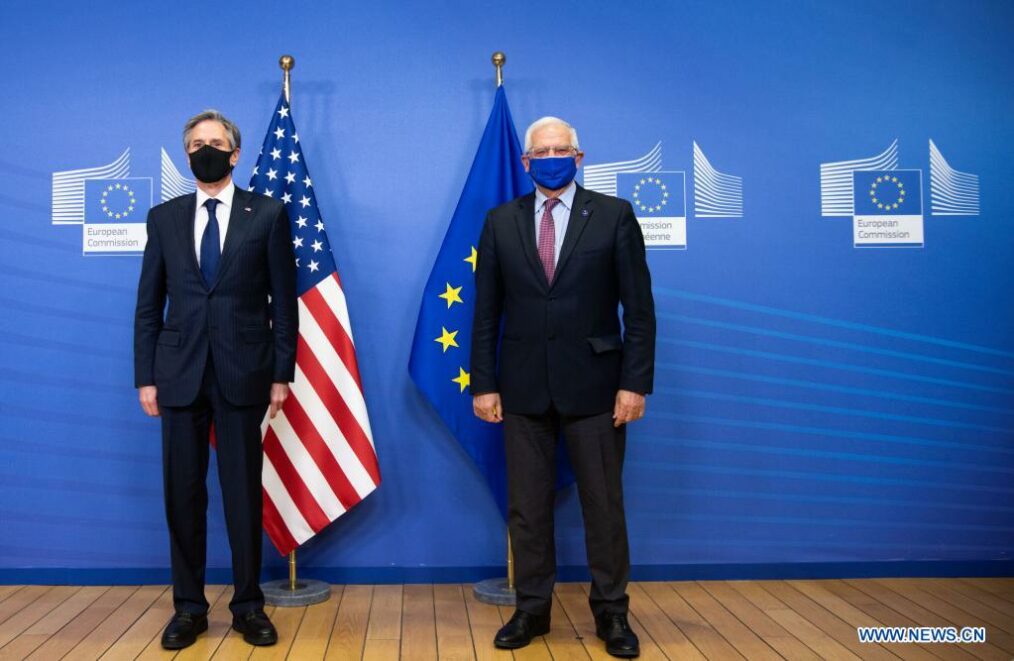With the tragic deaths of five and injury to over 150 people during the storming of the Capitol Building, ISIL propaganda channels became predictably awash with posts hailing the crowds as “great symbolism”.
The Capitol Insurrection provided us with a recent reminder of the need to explore reciprocating narratives between extremists of differing ideology. Whether Islamist as in the example above or between the predominantly domestic movements of far-right and far-left groups, and how these narratives can aid one another, allowing us to better understand how to counter the threat.
Definitions
Reciprocal radicalisation refers to the purported reliance of terrorist organisations upon one another, sharing and feeding in narratives. According to the organisation CREST, based in Lancaster, U.K., the concept emerged initially during analysis of the 2001 Race Riots in England, and further embedded following the establishment of the EDL, a far-right Islamophobic movement. The EDL itself had formed in response to controversial protests by Ahle Sunnah al Jamah, an Islamist offshoot publicly opposing parades for soldiers returning from Iraq.
Similarly, when the Finsbury Park Mosque was targeted in June 2017, the perpetrator shouted “this is for London Bridge”, referencing an attack that occurred three weeks prior. The resulting investigation found he was directly influenced by far-right material which called for retribution for those prior attacks. This is where the crux of the argument for drawing parallels presents itself; whilst a range of terrorising motives may exist mutually exclusive in terms of their ideological background, they often share in the modus operandi of their actions, to cause and sow division.
Challenges
Widely understood amongst academia, the term has held less recognition within political circles where support for counterterrorism policy can often fall along partisan lines, rather than out of altruistic concern for best practice. Critique has been applied to the extent to which these acts are linked, viewing a natural source of conflict between extremists of differing motivations rather than any premeditated or implicit interoperation. Supporters argue such analysis is valuable beyond the actual acts of terror, in assessing a movement or individual’s propensity towards violence – thereby evaluating the ‘powder-keg’ type incidents which do not necessarily constitute attacks, but which may be utilised to further radicalise those involved.
Whilst a reluctance to empirically adopt such processes as the norm is understandable, there are strong denominators which explain why such prevalence is apparent. After the Christchurch attacks, ASPI argued there were a number of pervasive, “eerie similarities” in the perpetrator’s far-right manifesto with Jihadist propaganda preceding and following the attack. These include the terrorists portraying their actions as a defence mechanism against ‘foreign invaders’, seeking revenge for previous attacks (further continuing the spiral of violence) and an apparent ‘restoration of glory’, drawing on historical narratives of conflict between East and West and a wish to preserve the status quo ante. Hence where the far-right position themselves in opposition to immigration, Islamists view themselves at war with ‘infidels’ and external forces, whether non-believers or other Muslims who do not subscribe to their brand of fundamentalism.
Conclusions
The road towards committing acts of terrorism is influenced by a range of factors. Rather than spreading panic in the aftermath of attacks we need legislators to take stringent action and provide measured responses. We should look to those in a position of power to reassure communities, irrespective of personal opinion.
This duly applies to any in a position to do good, for it is only with cooperation and education on a much wider scale that we can hope to defeat terrorism. The truth is no single approach will ever work in preventing extremism or the dynamics underlining it, but by raising awareness of these issues and setting a firm example of how best to respond to terror, we can progress towards stymieing these movements from gaining further traction.





